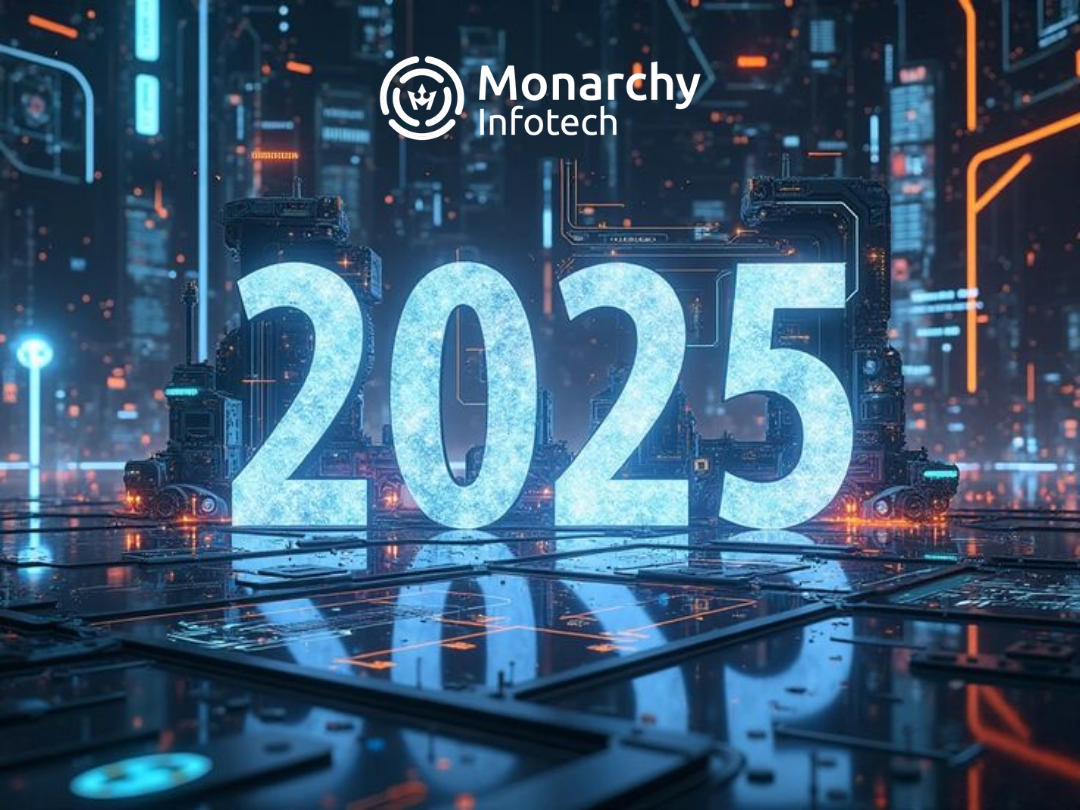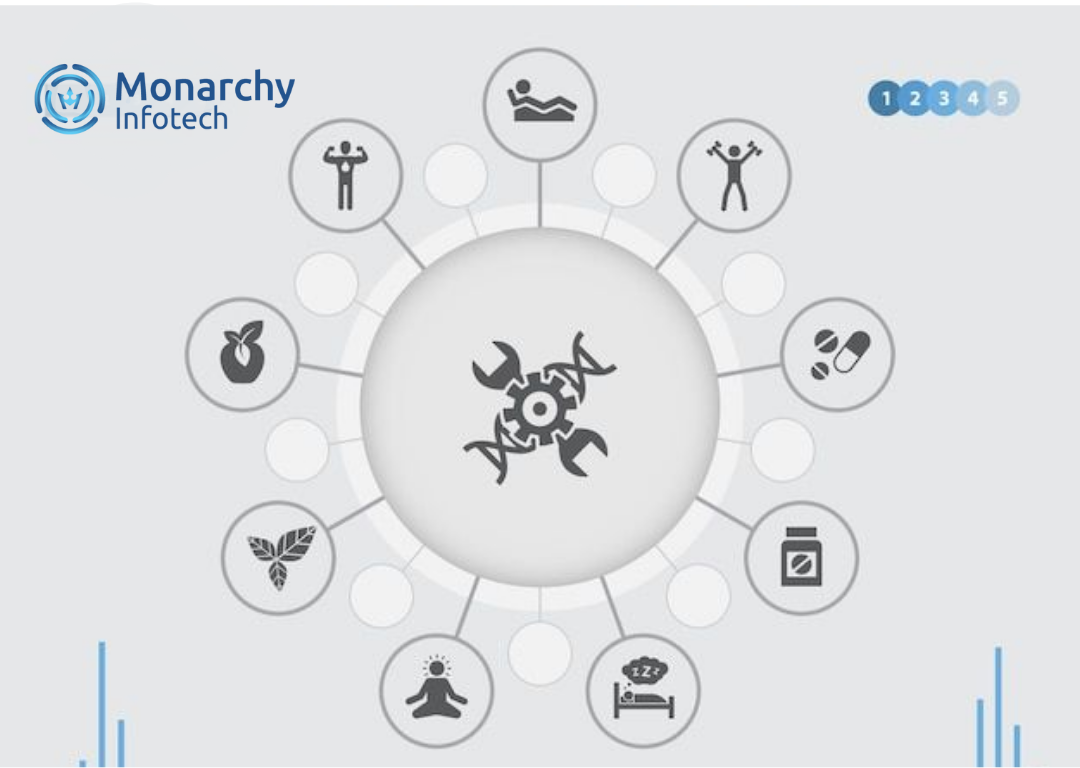In 2025, minimalism and technology are merging to drive a strong lifestyle movement: Minimalist-Tech Fusion. This phenomenon is more than decluttering—it's about deliberately leveraging technology to make life simpler, cut down on mental overload, and get time back. From distraction-free devices and single-tasking apps to smart homes built around calm and clarity, individuals are embracing less tech—but better tech. This blog looks at how consumers, creatives, and brands are adopting this philosophy, and why digital minimalism is in the process of becoming an overarching lifestyle of the new age.

Living With Less: The Minimalist-Tech Fusion Trend in 2025
Introduction: Less Is the New More
In a time of perpetual pings, boundless feeds, and digital overload, there is a stealthy revolution happening. The question is no longer, "What more can I add?" but instead, "What can I take away?" Welcome to the emerging lifestyle trend of 2025: the Minimalist-Tech Fusion—where smart simplicity meets clever innovation.
What Is Minimalist-Tech Fusion?
Minimalist-tech fusion is intentional integration of minimalist living with intentional technology use. It's not about ditching tech—it's about adopting only the tools that enrich life without controlling it. This movement emphasizes:
- Simplification over complication
- Function over functionality
- Being present over being productive
It's a response to decades of digital bloat, always-on-ness, and the relentless search for "more."
The Rise of Digital Decluttering
Just as Marie Kondo taught us to tidy our homes, today’s consumers are tidying their digital lives:
- Uninstalling non-essential apps
- Switching to distraction-free phones like the Light Phone or Punt
- Batch-checking email and social media
- Setting clear boundaries with tech (like screen curfews or no-phone zones)
The goal? Mental clarity and emotional breathing room.
Smart Tech, Simple Intentions
Interestingly, the minimalist-tech trend doesn't mean avoiding innovation—it means choosing tech intentionally:
- Single-function devices (e.g., resurgence of e-ink devices, MP3 players, or dumbphones)
- Intentional productivity tools such as Notion or Minimalist To-Do lists
- Background AI to simplify mundane tasks without invading our space
- Smart homes that minimize visual noise with unseen tech enhancements
The trend is from bling to bang, from endless choices to thoughtful experiences.
The Aesthetic of Calm
Minimalist-tech isn't merely about utility—it's also about appearance. Simple interfaces, monochromatic palettes, and uncluttered dashboards are trendy. UX design is gravitating toward calm tech, where phones and apps recede into the background instead of calling attention to themselves.
- This look is extending to the home as well:
- Gadgets are concealed or integrated into interior design
- Cables, ports, and flashing lights are kept to a minimum or eliminated
- Voice or gesture interfaces are becoming touchscreens' replacements
Why It's Getting Popular in 2025
A few forces are driving this trend:
- AI fatigue – Generative AI hype has caused burnout in some users
- Mental health consciousness – Individuals are valuing mindfulness and eliminating dopamine dependency
- Remote/hybrid work-life blurring – The home must be made into a sanctuary once more
- Environmental awareness – Less tech, less waste, longer-lived technology
Real-Life Examples
- Light Phone II: A phone that does less intentionally—calls, texts, maps, no social media.
- Minimalist YouTubers & Digital Creators: Influencers who share their "tech diets" and digital detox experiences.
- Operating systems such as HarmonyOS NEXT: Encouraging focused experiences with fewer instances of bloatware.
- Smart furniture: Lamps and desks that have wireless charging built-in, reducing clutter.
How to Adopt the Minimalist-Tech Lifestyle
You don't have to get rid of everything—just thoughtfully curate. Here's how:
- Clean up your digital space: Unsubscribe, uninstall, unfollow.
- Streamline your device ecosystem: One or two tools that do most of what you require.
- Set tech-free areas: Bedrooms, dining tables, or morning routines.
- Invest in quality over quantity: Purchase fewer, but longer-lasting, gorgeous devices.
- Practice digital mindfulness: Use your tools mindfully—not on autopilot.





